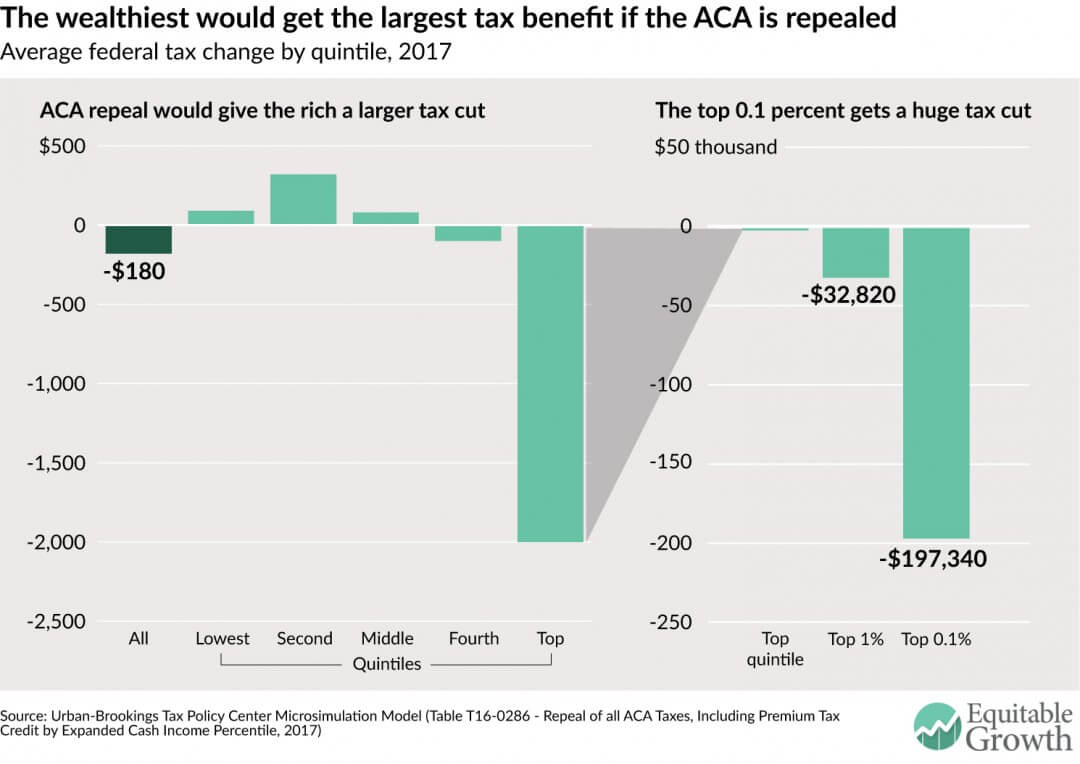Measuring Productivity Growth: The world’s population today is about 20 times richer than it was back during the long Agrarian Age from 7000 BC to 1500, during which limited resources, slow technological advance, and Malthusian pressures kept the overwhelming proportion of human populations at near-“subsistence”–incomes of less than $1.50 per person per day. Today only 1/15 of the world’s population is that poor. And today if we were to take the total money value of what we produce and use it to buy what people receiving less than $1.50/day buy, at current prices the value of global output would be $30/day per person. That is our roughly $80 trillion of annual global income today.
We cannot but greatly lament the enormously unequal distribution of the fruits of our global productivity. But that we today are such a wealthy global society would strike our predecessors from 7000 BC to 1500 dumb.
Moreover, most of what we make and consume today is not what our near-“subsistence” era predecessors. What good to any of us would 40,000 kcal/day in basic grains be? Most of what we make and consume today are goods and services with analogues back in the Agrarian Age that were absurdly expensive. Could Tiberius Claudius Nero eat strawberries and cream in January? No. For one thing, we think the idea of combining strawberries and cream was un-thought of before the cooks of the sixteenth-century Tudor dynasty courtier Thomas Cardinal Wolsey. There was one and only one person who could see a bloody audio-visual drama about witches in his house in the year 1606. He was named James Steuart, he was king of England and Scotland, and he had William Shakespeare and Shakespeare’s acting company on retainer. Yet today more than 4 billion people with their smartphones, tablets, and televisions live, in this dimension at least, better than kings. Nathan Meyer Rothschild, richest man in the early nineteenth century, died in his fifties of an infected abscess. He would have given the bulk of his wealth for one dose of modern antibiotics. He could not.
Thus when we say that the typical person in the world today is twenty times as well-off, materially, as his or her Agrarian-Age predecessor, we are saying something misleading. The typical person with today’s income would be twenty times as well off if he or she were restricted to only purchase and consume goods and services broadly available back in the Agrarian Age. But our additional range of choice–that we today know how to make more things and more types of things–gives an additional boost to our wealth today.
Now the statisticians at the U.S. Department of Commerce’s Bureau of Economic Analysis and at its sister agencies around the globe by and large cannot measure this “variety” boost to our productivity. They do try. But for the most part they fail. Thus the standard estimates of labor productivity growth in the North Atlantic–1%/year on average from 1800 to 1870, 2%/year on average from 1870-1970, 1.5%/year since and possibly slowing further in the past decade–are for the most parts estimates of how much better we have gotten at making the necessities of the world’s poor, not of how much life has been potentially enriched by higher productivity.
A good deal of this enrichment-via-increasingv-variety is truly game-changing innovations: things that transform human life. Flush toilets, automobiles, electric power, long-distance communications, modern information processing, and so forth. To provide even roughly the same capabilities in earlier eras would have been–was–absurdly, ludicrously, insanely expensive and rare. A political aristocrat in the late Roman Empire might purchase a nomenclator–a slave whose job it was to memorize names and faces and whisper to you what was the name of the person you were about to greet. Is having a smart phone more like having more like 10 or 100 or 1000 nomenclator-like assistants following you around?
Whenever we start to try to think about what opportunities economic growth will open up for humanity in the future, we need first to look back and reflect on what economic growth has done and the past. Yet I, at least, find myself stymied even in my attempt to measure how much economic growth there has been in the North Atlantic over the past 200 years. Yes, I am confident that there has been much more than 30-fold’s worth of economic growth. But how much more? And what does that mean? For that I feel I need a philosopher, to tell me who we were, who we are, and who are successors should want to be.
Consulted:
- Marilyn Francus (2012): Jane Austen, Pound for Pound
- Wikipedia: Thomas Wolsey
- 2003 How Rich Is Fitzwilliam Darcy?
- Measuring Worth
- This File: http://www.bradford-delong.com/2017/03/three-kinds-of-productivity-growth-among-the-zillions-of-issues-with-respect-to-productivity-the-most-important-is-to-f.html
- Edit This File: http://www.typepad.com/site/blogs/6a00e551f08003883400e551f080068834/post/6a00e551f08003883401b8d23a45a5970c/edit
- At Project Syndicate: https://www.project-syndicate.org/commentary/rethinking-productivity-growth-by-j–bradford-delong-2017-03

 From “
From “